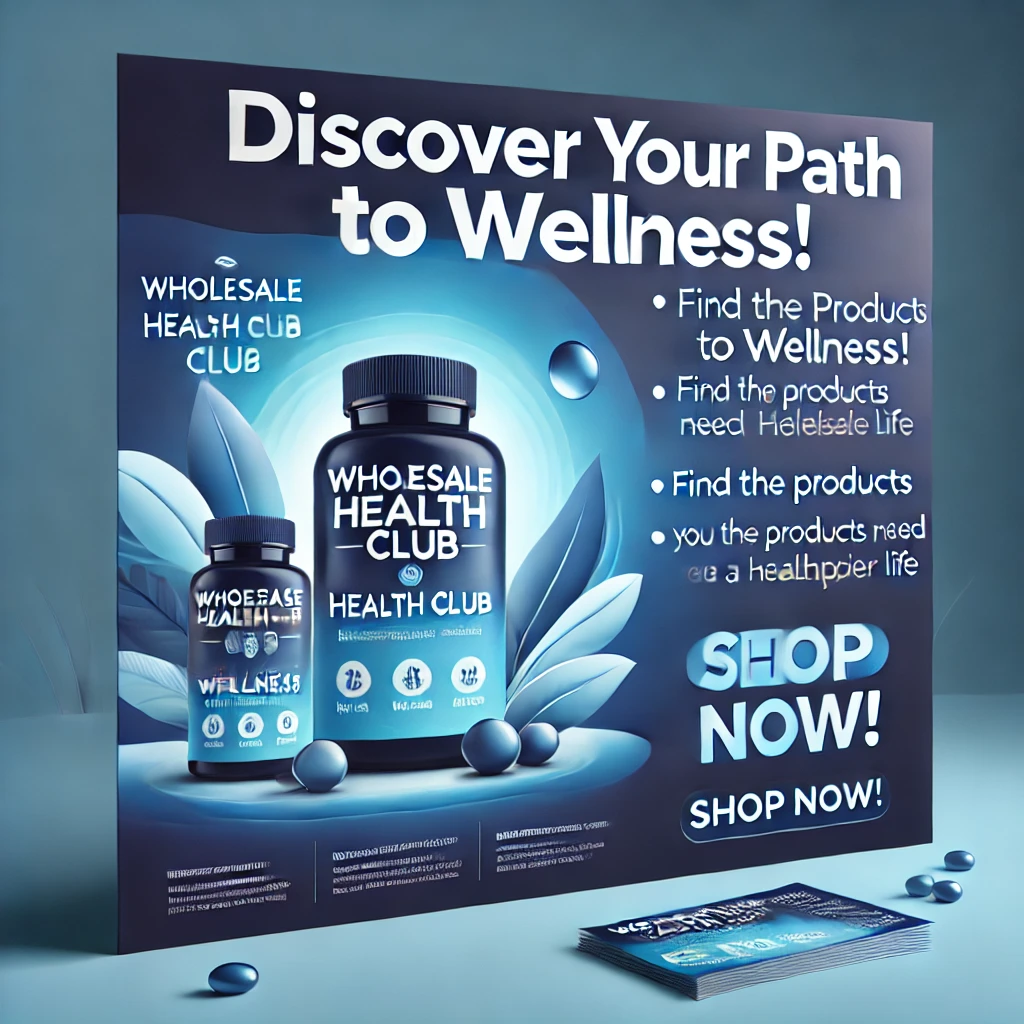Omega-3s have been getting a lot of buzz lately — and for good reason. These essential fatty acids are linked to everything from better heart health to improved brain function. But even though we know they’re good for us, most people aren’t getting enough. Let’s break down omega-3s: are you getting enough? how much you need, and the best ways to get them into your diet.
What Are Omega-3s and Why Do They Matter?
Omega-3s are a type of polyunsaturated fat that the body can’t produce on its own — which means you have to get them from food or supplements. There are three main types of omega-3s:
- EPA (Eicosapentaenoic Acid) – Supports heart health, reduces inflammation, and improves mood.
- DHA (Docosahexaenoic Acid) – Crucial for brain health and eye function.
- ALA (Alpha-Linolenic Acid) – A plant-based omega-3 that the body can partially convert to EPA and DHA (though not very efficiently).
Your body needs omega-3s for:
- Reducing inflammation
- Supporting heart and brain health
- Lowering triglyceride levels
- Improving mood and mental health
- Supporting healthy joints and skin
Signs You Might Be Low on Omega-3s
Wondering if you’re running low? Some common signs of omega-3 deficiency include:

- Dry skin and brittle hair
- Poor concentration and brain fog
- Frequent mood swings or anxiety
- Joint stiffness and pain
- Fatigue
Are You Getting Enough?
Most health experts recommend getting 250–500 mg of combined EPA and DHA per day for general health. But research shows that most people are falling short — especially those who don’t eat a lot of fish or plant-based omega-3 sources.
According to the National Institutes of Health, the average American adult consumes only around 90 mg of EPA and DHA daily — well below the recommended levels. That’s a problem because low omega-3 levels have been linked to:
- Higher risk of heart disease
- Cognitive decline
- Increased inflammation
- Poor mental health outcomes
Best Food Sources of Omega-3s
If you want to boost your omega-3 intake naturally, here’s where to start:
Animal-Based Sources (High in EPA and DHA):
- Fatty fish (salmon, mackerel, sardines, anchovies, tuna)
- Fish oil supplements
- Cod liver oil
Plant-Based Sources (High in ALA):
- Chia seeds
- Flaxseeds (and flaxseed oil)
- Walnuts
- Hemp seeds
- Brussels sprouts
Since ALA isn’t as easily converted to EPA and DHA, if you’re plant-based, you may need to consider an algae-based supplement to meet your needs.
Should You Supplement?
If you’re not a big fan of fish (or just not eating enough of it), supplements are an easy way to close the gap. Here’s what to know:

- Fish Oil – High in EPA and DHA, well-studied for heart health and inflammation.
- Krill Oil – Contains phospholipids that may make the omega-3s easier to absorb.
- Algal Oil – A vegan-friendly option sourced from algae; rich in DHA.
Most experts recommend aiming for 1,000 mg of combined EPA and DHA per day if you’re using supplements for heart health or inflammation support. These supplements support testosterone levels while promoting overall wellness.
How to Get Enough Omega-3s Every Day
Here’s a simple plan to help you hit your daily omega-3 goals:
- 2–3 servings of fatty fish per week (like salmon or mackerel)
- Add a tablespoon of flaxseed or chia seeds to smoothies or yogurt
- Snack on a handful of walnuts or hemp seed
- Consider a fish oil or algae supplement if you’re not hitting your targets through food
The Bottom Line
Most people aren’t getting enough omega-3s — but fixing that is easier than you think. A few servings of fatty fish each week, some chia or flaxseeds, and maybe a supplement can do wonders for your heart, brain, and overall health. So, Omega-3s: Are You Getting Enough? If not, now’s the time to start — your body (and mind) will thank you. If this helped, check out this health blog for more useful, everyday tips to keep your wellness on point.













You must be logged in to post a comment.